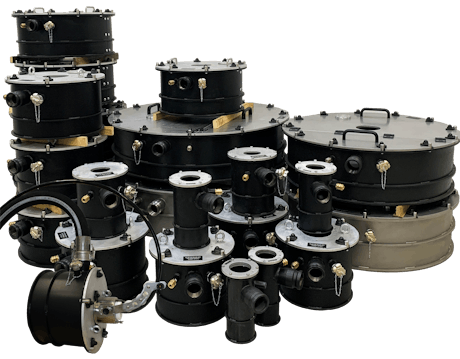IBB16 ®
The leading system for trenchless pressure pipe rehabilitation
Less environmental pollution
Less process costs
for disposal of soil, old pipe and transport
Faster implementation
Less traffic obstruction
due to smaller excavation pit
Environmental Aspects
Potable water pipe DN 800, 150 m length
Soil volume to replace
IBB16 72m 3 / Dig and replace 2.700m 3
Old pipe disposal
IBB16 0,29m 3 / Dig and replace 7,35m 3
Truck loads
Trenchless 3 / Dig and replace 98
Construction time
Trenchless 10 days / Dig and replace 60 days
Replacement of Pavement
IBB16 12m 3 / Dig and replace 225m 3
Reduction of the emissions of all greenhouse gases caused by construction machinery such as CO2, CO, NOx, TOC, and SOx, smoke and other particulates.
Very significant for every meter converted from trench to trenchless methods!

Solvent free
No volatile organic substances
Hydrolisis resistent
Long-term material performance over 50 years
Styrene free
resin available
No Emission
of environmentally harmful components
Process presentation IBB16 ®
About IBB16 ®
The IBB16® system is a hybrid hose pipe relining (without bonding with the old pipe) applicable for the rehabilitation of pressure pipes.
The system combines two pipe liners with different properties to achieve the required criteria for the rehabilitation of a pressurized water pipe.
The system combines the IBG UV + Steam systems to the system IBB16®.
Where to use IBB16 ®
The system can be used in pressure pipes up to an operating pressure of 232 psi (16 bar).
The minimum pipe diameter is: DN 150
The maximum pipe diameter is: DN 2000
System description IBB16 ®
The impregnation of the liner is performed at the liner factory. The installation of the liner takes place in one or more rehabilitation conduits defined by two or more pits or line openings.
The liner is pulled into the line using a pulley, typically with winch support and sliding protective foil, pulled onto packers and expanded using air pressure.
Curing is performed by exposure from a UV light source. The entire curing process is controlled and documented using installed sensors.
The finished product is a statically fully structural, seamless, flexible plastic pipe.
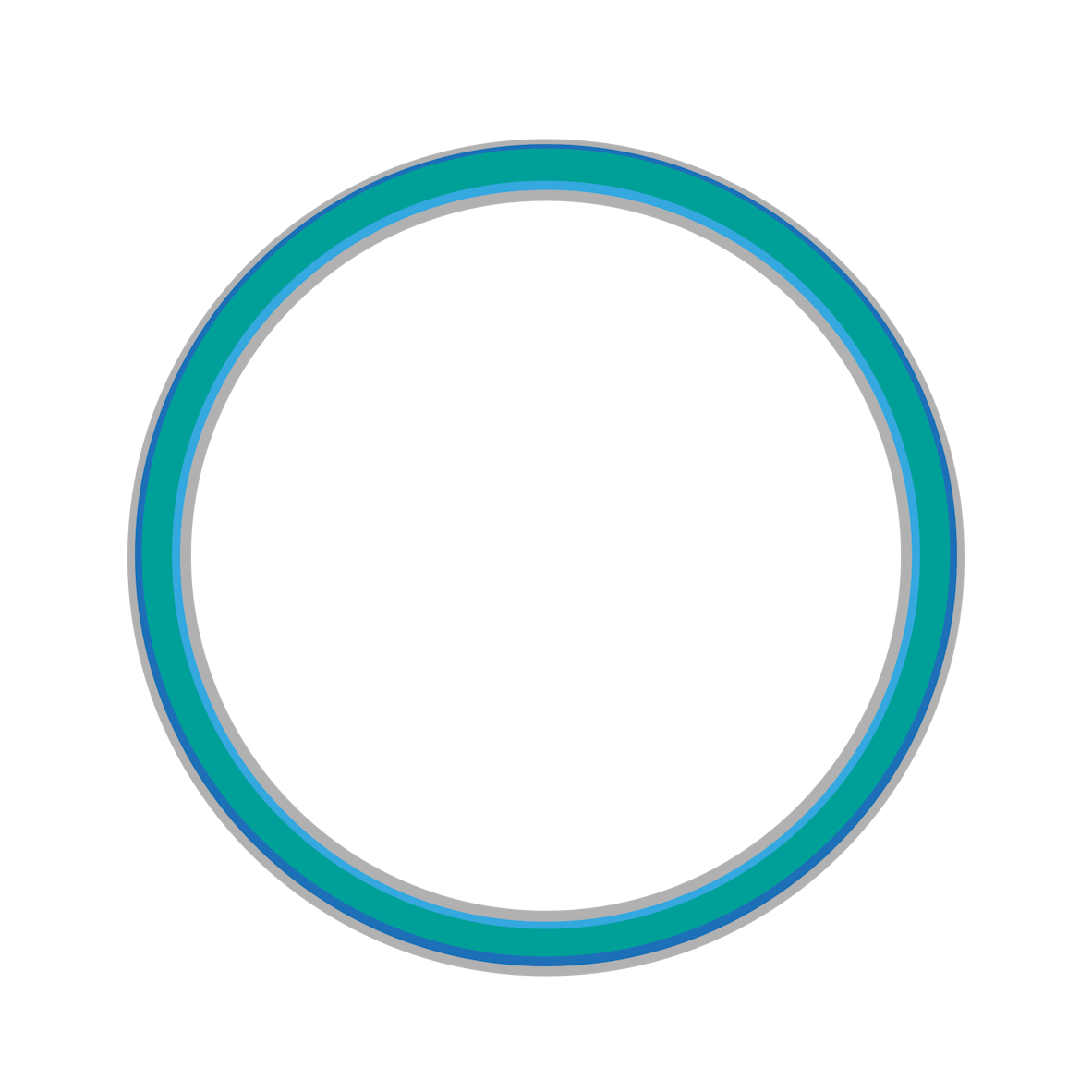


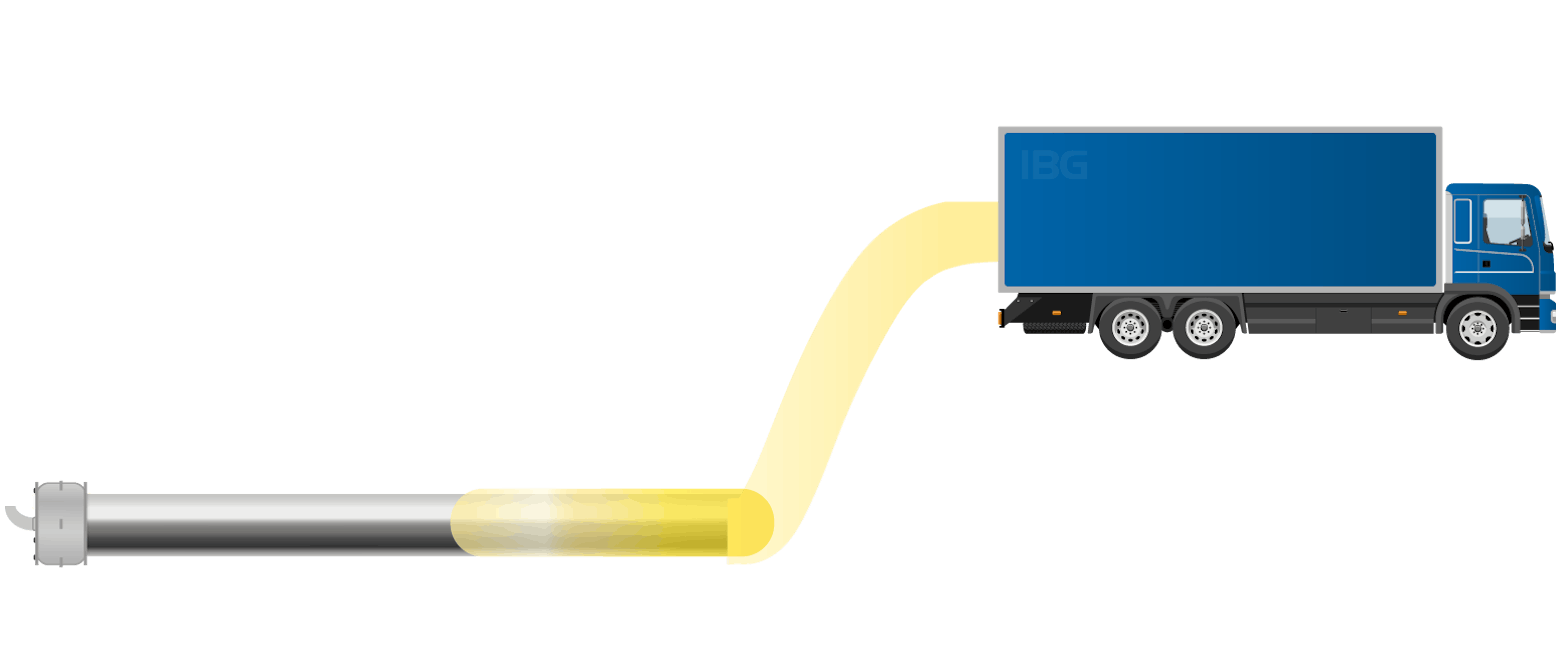

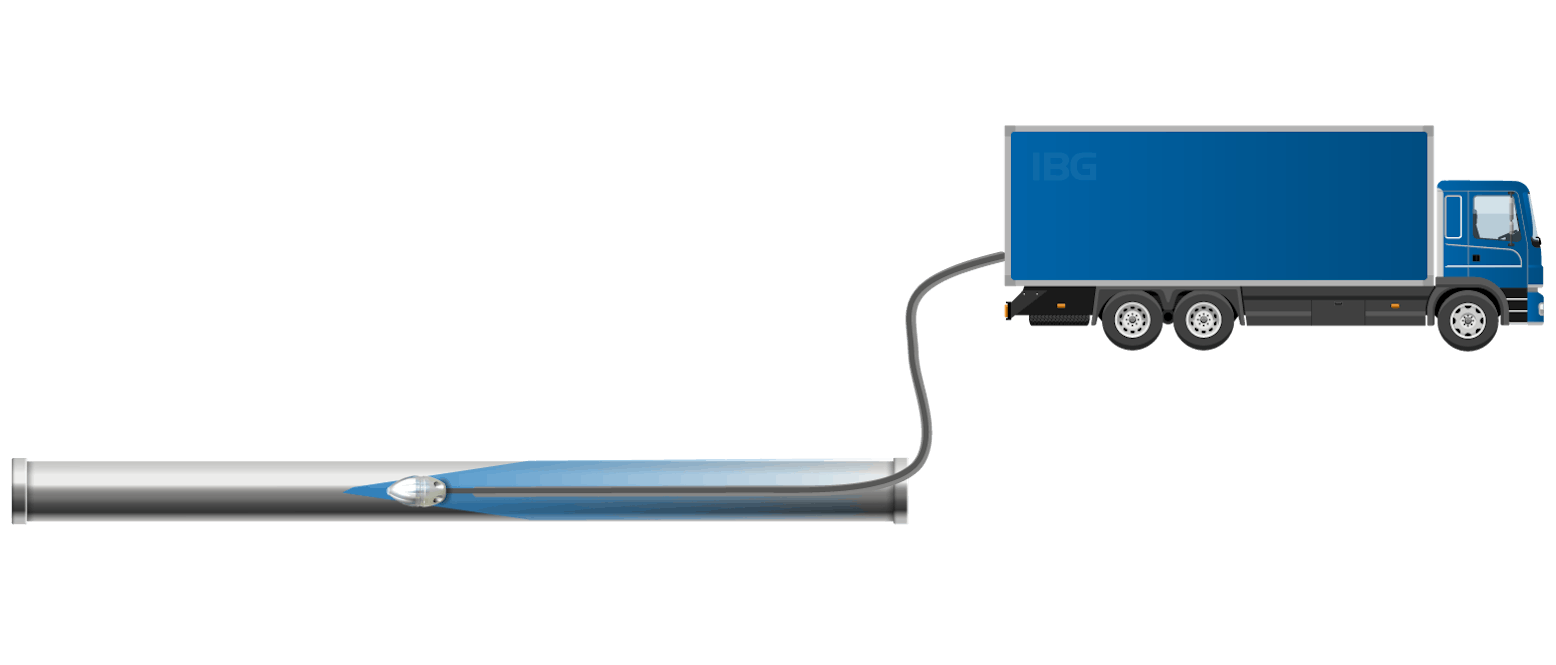


1. Cleaning
High-pressure cleaning of the pipe to be rehabilitated
2. Inspection
Pipe inspection by robot inspection - Search for root ingrowths or similar
3. Milling
Milling work to free the pipe from protruding hindrances
4. Second cleaning
Second high-pressure cleaning of the pipe to be rehabilitated
5. Installation
Installation of the UV liner including curing
6. Inversion
Installation of the 2nd layer INVERSION - Steam curing Epoxy + PE coating
7. Final Pressure Test
Final inspection and pressure test
Glass-Polyester resin Laminate - UV System
Epoxy resin layer - Steam curing
PE Inner-coating with felt layer
Seismografic Aspect
IBB16 CIPP system tested for seismic conditions as per recognized standard
“Teicordia GR-63-CORE Zone 1, 2, 3 & 4“.
Safety factor achieved 16.2 times of the required loading –
Testing done by accredited SGS laboratory in South Korea.

Florence, Italy
Diameter: DN 800
Working pressure: 6 bar
Shanghai, China
Diameter: DN 800
Pressure: 10 bar
References
Naples, Italy | Freiburg, Germany | Venice, Italy | Bergen, Norway | Shanghai, China | Moscow, Russia | Kiev, Ukraine | Lodz, Poland | Lviv, Ukraine | Florence, Italy | Shengdou, China | Oslo, Norway | Calabria, Italy | Prague, Czech Republic ...
Operating Pressure
16 bar 232 psi
Working Distance
500 m + 1.600 ft +
Diameter
150 mm- 2000 mm 6" - 80"
Capable of Bends
Up to 45°


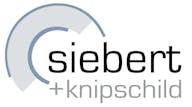
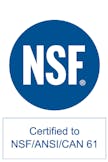
National Sanitation Foundation
Société Générale de Surveillance
Siebert + Knipschild Engineering Office for Plastics
Institute for Underground Infrastructure
"Despite having the thinnest wall thickness compared to its competitors, IBB16 ® does not have any limitations on working pressure"
(16 bar, with the option for higher pressure upon request)
Venice, Italy
Diameter: DN 1200
Working pressure: 6 bar
Freiburg, Germany
Diameter: DN 600
Working pressure: 8 bar
Naples, Italy
Diameter: DN 1365
Working pressure: 16 bar
Bergen, Norway
Diameter: DN 300
Working pressure: 10 bar





